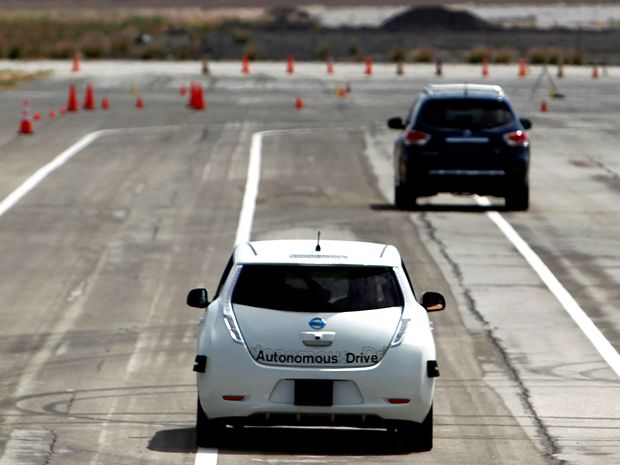No longer just gizmos and gadgets for the wealthy, devices for the smart home are fast becoming the purview of the every man. Estimates embedded Linux project that within the next 10 years the average household will consist of 100 connected devices, networking everything from lights and motion sensors to thermostats and smoke detectors.
With every passing day it seems more and more otherwise-mundane household items are being outfitted with connectivity. From refrigerators and washing machines to toasters and light bulbs, appliances of all kinds are being networked and marketed as elements of the impending smart home.
While the smart home architectures of tomorrow will indeed be comprised of numerous networked devices, however, simply Internet-enabling a door lock or light switch doesn’t make it inherently “smart.” The key to the smart home is harnessing embedded system based on behavior and usage patterns, and using that intelligence to autonomously improve the residents’ quality of life. But when comparing today’s smart homes with those of the future that operate independently and behind the scenes, Paul O’Donovan, Principal Research Analyst of the Semiconductor Group at Gartner (www.gartner.com) says it’s “similar to where the mobile phone was in the 1990s to where it is now – functional, but by no means smart.”
“Basically, there is little or no computing or learning going on in the systems available today,” O’Donovan says. “There is some limited decision making, such as turning off heating or lights when the home owner leaves the building, but otherwise there is little ‘processing’ of the data locally or in the cloud.”
“The smart home is still in its infancy,” says Ryan Maley, Director of Strategic Marketing at the ZigBee Alliance (www.zigbee.org). “There are many products available and these are well deployed extending comfort and efficiency for home owners. However, these products tend to be single-purpose applications such as lighting, security, or energy efficiency. These installations probably reflect where the homeowner has interest or where there is some easily understood value. However, the smart home should be much more.
“As more devices are connected, embedded Linux consumers will see more value than simply extending control of their network communication appliance to mobile devices,” Maley continues. “The smart home should be optimizing efficiency and making decisions for us automatically rather than simply allowing us turn things on and off via a mobile device instead of a light switch. As more everyday objects are connected and become smart, many new interesting applications may arise, such as balancing the needs of lighting and energy management by opening window coverings instead of turning on a light when we enter a room.”
To enable analytics for new smart home applications and services such as energy management, embedded software development companies like DSR (www.dsr-company.com) design architectures that amass sensor data from connected devices (Figure 1). In addition, new technologies and techniques are emerging that will add value and make home automation more transparent to the end user, says Genie Peshkova, Vice President of Operations at DSR.
“Consumers expect the smart home to be truly smart – don’t ask me about embedded system that you can determine, learn my behavior and adapt,” Peshkova says. “Don’t unnecessarily disturb me, but do let me know when something is wrong or out of the ordinary. The idea is for the smart home to fit perfectly into the consumer’s lifestyle, adapt to his or her likes or dislikes, simplify life, add convenience, and provide much needed security and peace of mind.
“Without analytics and data intelligence, smart home systems cannot learn, intelligently respond, and truly adapt to the consumer,” she continues. “As the network security market continues to grow, data will become a more and more powerful component of the equation. We are working in collaboration with partners that provide behavior analysis engines, content analysis, and voice control – a large degree of automation for the user’s lifestyle, social preferences, behavior analysis, and prediction, a lot of which already exists but will become even more sophisticated. Pulling all these together will lead to providing a truly smart solution that will deliver a lot of value to the consumer.”
But at the network communication appliance layer underlying this infrastructure, interoperability challenges still exist that limit the potential of the connected home.
Application-level interoperability and the fight for the smart home – ZigBee 3.0
Though architectures such as those depicted in Figure 1 generally abstract the application layer through a gateway or router that connects sensors directly to the cloud, network security application-level interoperability is still key for the many subdomains and devices that make up a fully outfitted smart home. For instance, while standardization at the network-level allows for commonality around packet forwarding, interoperability at the application layer establishes consistent rules for exchanging data between devices (Figure 2). As a point of reference, the latter is similar to how HTML is used across the Internet.
refer to:
http://embedded-computing.com/articles/building-smarter-home-zigbee-3-0/









